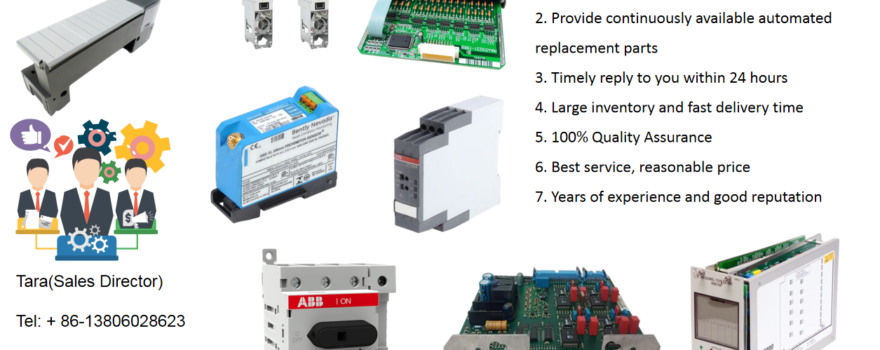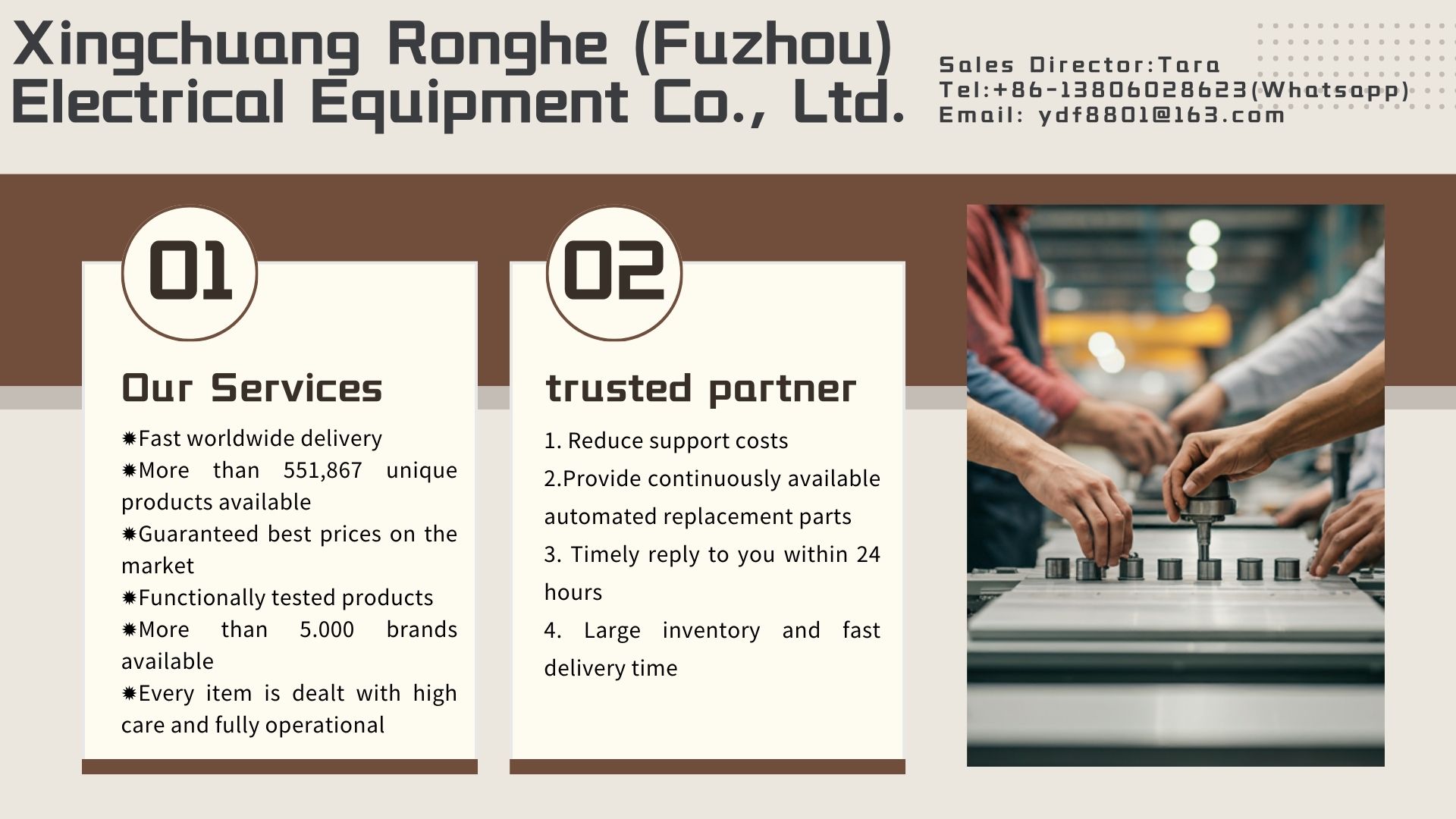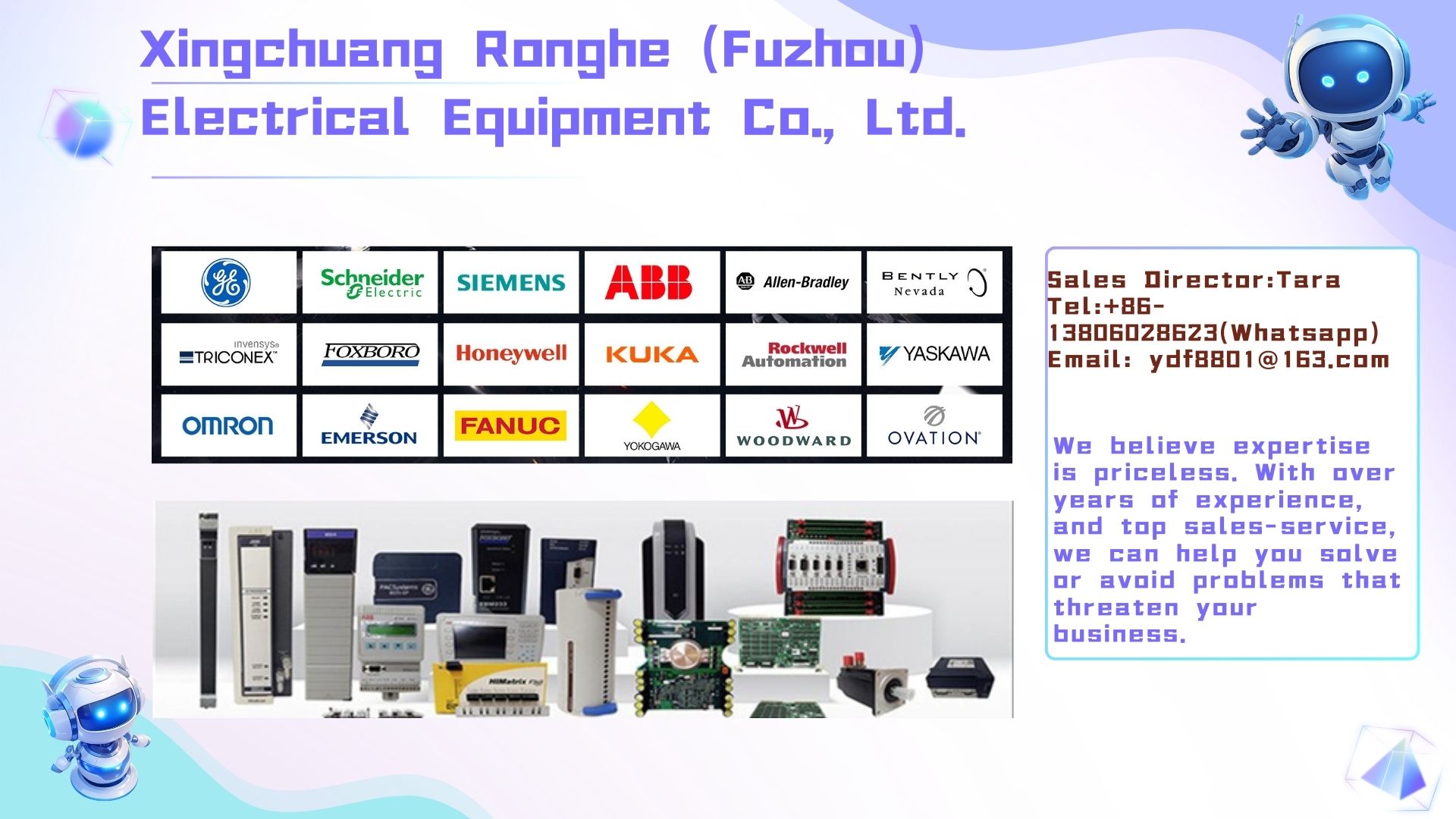
Modern energy storage systems using lithium-ion batteries can provide excellent performance, but each battery must be closely monitored to ensure proper charging and avoid battery imbalance, overcharging, deep discharge, or critical temperature. This requires providing separate, isolated power supply voltage control circuits for each unit or unit array. For battery arrays with a nominal voltage of up to 48V, standard industrial DC/DC power converter modules that provide 500V or 1600V isolation barriers can be used to generate this power voltage.
But for higher power systems connected to AC power sources and providing energy storage capacity of hundreds or even megawatt hours, the voltage on the battery array can reach 600-800V and a solution with higher isolation barriers is required.
Low isolation capacitance enhances noise resistance
P-DUKE has a medical power converter series with a 5kV isolation barrier, even higher than the required 4kV. For this project, MPD30-24S12 was selected, which can generate the necessary 12V/30W power voltage from the common 24Vdc bus.
The input and output capacitance of a typical industrial 30W DC/DC power converter can reach up to 1500pF. When up to 200 converters are connected in parallel, the total capacitance between the battery unit (connected to the AC grid through a charger) and the 24V bus can reach 300nF, resulting in an AC leakage current exceeding 20mA. A current exceeding 10mA may cause serious electric shock and accidents.
The input and output capacitance of MPD30-24S12 is only 20pF, and the total capacitance after 200 converters are connected in parallel is only 4nF, with a leakage current of less than 1mA.
This very low capacitance also avoids transient or any noise coupling from the AC/battery side converter to the sensitive communication signals of the central battery management system.
Through this solution, the requirements for 4kV isolation and low leakage current have been resolved.
For communication throughout the installation, the central BMS controller uses a WiFi router and is powered by a 25W 53V power supply via Ethernet. According to the final installation, the power supply voltage can be generated by a 230Vac main power supply or an internal 24Vdc bus. For 230Vac, TSD30 series converters can be used. It also offers a Din rail version for easy installation in the controller rack.
Large battery storage systems benefit from the application of P-DUKE products:
The MPD30/MPD30W series is a series of 30W DC/DC power converters with enhanced 5000Vac isolation voltage, which can meet the requirements of medical applications. They have different input voltage ranges and provide single or dual output. This series complies with the 2MOPP standard, with an electrical clearance and creepage distance of 8 millimeters. This makes them suitable not only for medical devices, but also for other applications that require high isolation and extremely low input/output capacitance.
The TSD30 series is a ready to use AC/DC solution suitable for Din rail applications. Like the RCD30W series, it provides different output voltages and installation options for various applications.

